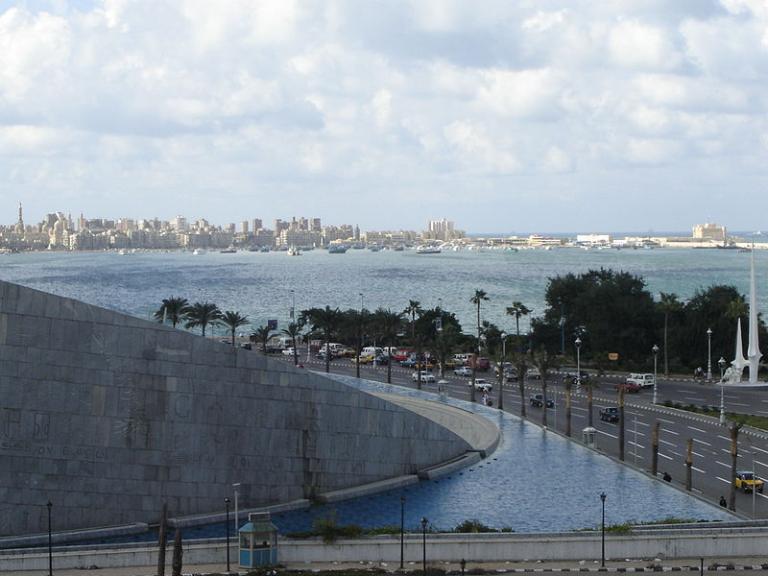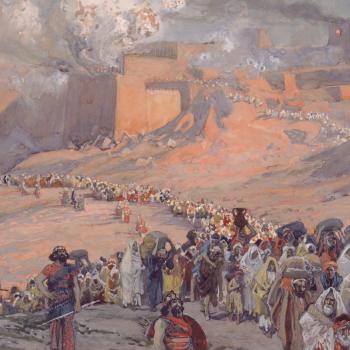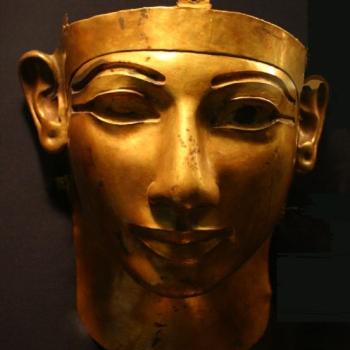
I have subtly hinted that I’m not exactly chairman of the Napoleon Fan Club. But the fellow did do some good things, mingled with his evils. He was very supportive, for instance, of certain academic and intellectual enterprises. In fact, he himself plainly had intellectual interests. I cite, again, from Paul Strathern, Napoleon in Egypt (New York: Bantam Books, 2008), regarding his 1798 invasion of the former land of the pharaohs:
His primary [ostensible] purpose was to liberate the Egyptians from the oppressive rule of the Mamelukes. But this was only the beginning. Along with his soldiers he had brought with him a team of 167 hand-picked “savants”; these consisted of the young intellectual cream of France, comprising many of the country’s finest mathematicians, scientists, artists, writers and inventors. (3)
Each morning Napoleon would decide upon a question for discussion that evening between himself, the senior savants and the generals traveling with him aboard L’Orient. Seated around a table, their faces dimly illuminated by lanterns, this collection of young ambitious soldiers and brilliant minds would discuss their leader’s chosen topics. These included “Is there life on other planets?,” “How will the world end?” and “How old is the earth?” (Ironically, the findings of the expedition would completely transform all previous knowledge of this latter subject.) (4)
The debates would continue beneath the vast dome of the starlit heavens, as the ghostly looming canvases of the sails above them filled and slackened in the breeze. From the darkness all around came the shush of the passing waves and the creaking of the ship’s timbers as it shifted in the swell. (4-5)
Occasionally Napoleon and his assembled staff and savants would listen to readings from various classic texts, which in turn would inspire their own topics for discussion. A reading from the Bible describing Joseph’s dream provoked a debate on whether dreams had meanings that could be interpreted. And after hearing a passage from Rousseau’s Discourse on the Origin of Inequality, there followed a debate lasting three nights on the social advantages and disadvantages of property. (5)
The author of the book from which I’m drawing, Paul Strathern, hasn’t gotten there yet, but I’ll jump ahead: These “savants” would eventually create the enormously important multi-volume Description de l’Égypte — fully titled Description de l’Égypte, ou Recueil des observations et des recherches qui ont été faites en Égypte pendant l’expédition de l’armée française [“Description of Egypt, or the collection of observations and researches which were made in Egypt during the expedition of the French Army.”] The Description de l’Égypte is a series of publications that first began to appear in 1809 and continued until its final volume was issued in 1829. The goal of the project was to catalog all aspects of ancient and modern Egypt, including not only the country’s antiquities and its medieval monuments but its natural history. The volumes represent the collaborative effort of about 160 civilian scholars and scientists, along with that of roughly 2000 artists and technicians, including 400 engravers. In certain respects, the results of their work retain considerable value until today.












